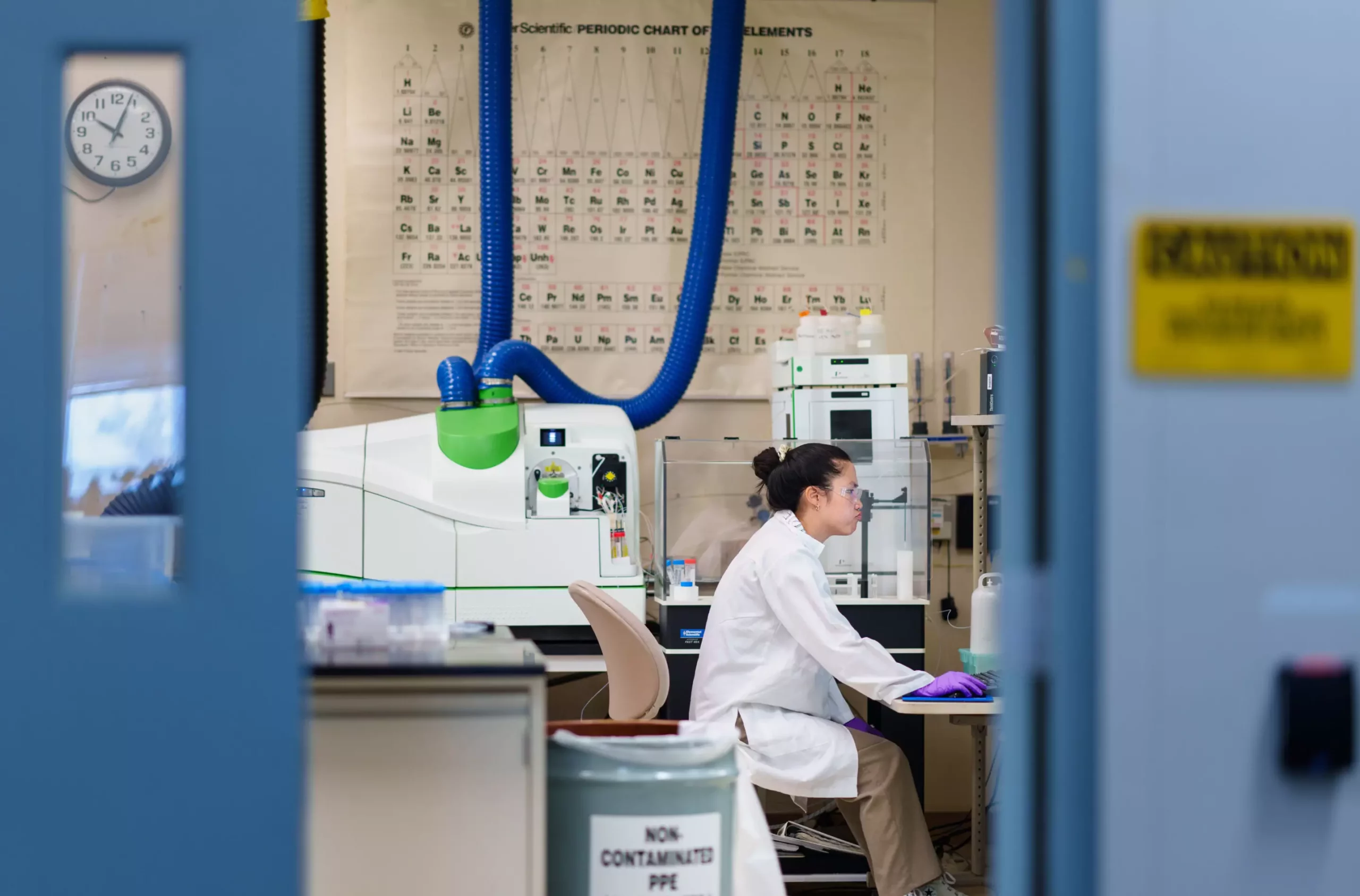The contemporary world is intensely reliant on rare-earth elements (REEs), integral to a myriad of modern technologies—from smartphones and LED bulbs to electric vehicles and wind energy systems. Yet, the methods used to extract these essential materials often entail harsh chemicals and environmentally detrimental processes, predominantly carried out in China. This dilemma has spurred innovative research, particularly at Sandia National Laboratories, where scientists have made significant strides towards developing a green separation protocol for these critical resources.
Rare-earth elements encompass a subset of 15 elements in the periodic table, which are notorious for their unique properties that make them essential in numerous applications. Their importance skyrockets in technologies like catalysts, batteries, and high-strength magnets. As the demand for these elements escalates with the rise of advanced electronics and renewable energy technologies, the need for a sustainable extraction method becomes more pressing. Current extraction methods are not only resource-intensive but also pose substantial environmental risks, calling for a fundamental reevaluation of the processes involved.
Traditional methods for extracting rare-earth elements commonly involve intricate fractions and toxic solvents, which result in significant waste and environmental harm. Most of the world’s supply comes from China, creating an overreliance on a single nation for these vital materials. This situation raises geopolitical concerns, as well as potential supply chain vulnerabilities. The use of strong acids and hazardous materials in the extraction processes creates adverse effects on both local ecosystems and global environmental standards.
In an effort to mitigate these issues, researchers at Sandia National Laboratories have focused on the development of metal-organic frameworks (MOFs), an innovative class of materials that act like nanosized sponges capable of selectively adsorbing specific ions. The research team has crafted and optimized MOFs to test their ability to isolate rare-earth elements from complex mixtures. By modifying these structures at the molecular level, the team aims to enhance their selectivity, optimizing them for targeted rare-earth adsorption.
Anastasia Ilgen, a leading geochemist in the research, emphasizes the versatility of the MOFs: “By synthesizing MOFs with customizable surface chemistry, our experiments displayed that these frameworks can effectively differentiate and capture rare-earth elements amidst a cocktail of other metals.” This capability not only positions MOFs at the forefront of sustainable extraction technologies but also offers enhanced performance metrics compared to traditional methods.
The research team’s rigorous experimental approach also included detailed computer simulations and X-ray-based analyses. These studies have unveiled how different rare-earth elements interact with MOFs and suggested optimal strategies for ion separation. Notably, certain modifications to the MOF structure have significantly improved their functionality as selective adsorbents.
In their experimentation, the scientists tested various configurations of the zirconium-based MOFs. They learned that the physical arrangement of chemical groups within the MOF structures plays a critical role in their ability to attract specific rare-earth elements. Findings published in scientific journals illustrate that the introduction of various chemical groups enhances adsorption efficiency. A particularly fascinating aspect is that while the presence of some groups had minimal impact, phosphonate surface groups notably improved overall adsorption capabilities.
To further guide the design of these advanced materials, computational materials scientist Kevin Leung applied sophisticated modeling techniques to explore the bond formations of rare-earth elements in both aqueous environments and within the MOF structures. His findings revealed a complex interaction scenario: heavier rare-earth elements, like lutetium, demonstrated a distinct preference for negatively charged surface chemistries over lighter counterparts, paving the way for a tailored extraction strategy.
While challenges remain in finding the perfect combination of surface chemistries to facilitate selective binding of specific rare-earth elements, the groundwork laid by the Sandia research team promises exciting advancements in this realm of materials science. The coupling of experimental insights with computational modeling creates a rich framework for innovative solutions to the longstanding challenges associated with rare-earth element extraction.
As the global demand for rare-earth elements continues to soar, the significance of this research extends beyond environmental sustainability; it touches on economic independence, resource security, and technological advancement. The prospect of developing robust, environmentally friendly extraction techniques through MOF technology represents a critical turning point.
Looking ahead, the Sandia team explores various strategies such as fine-tuning the metal hub chemistries and optimizing surface groups on the MOFs, enhancing their selectivity for specific ions. This exciting research direction not only contributes to a sustainable approach to rare-earth extraction but also fosters potential applications across multiple sectors, including electronics and renewable energy, transforming how society interacts with these vital resources.
As researchers continue to innovate and refine their methods, the future holds promise for a greener, more efficient means of extracting rare-earth elements, benefiting both our environment and our economy.

